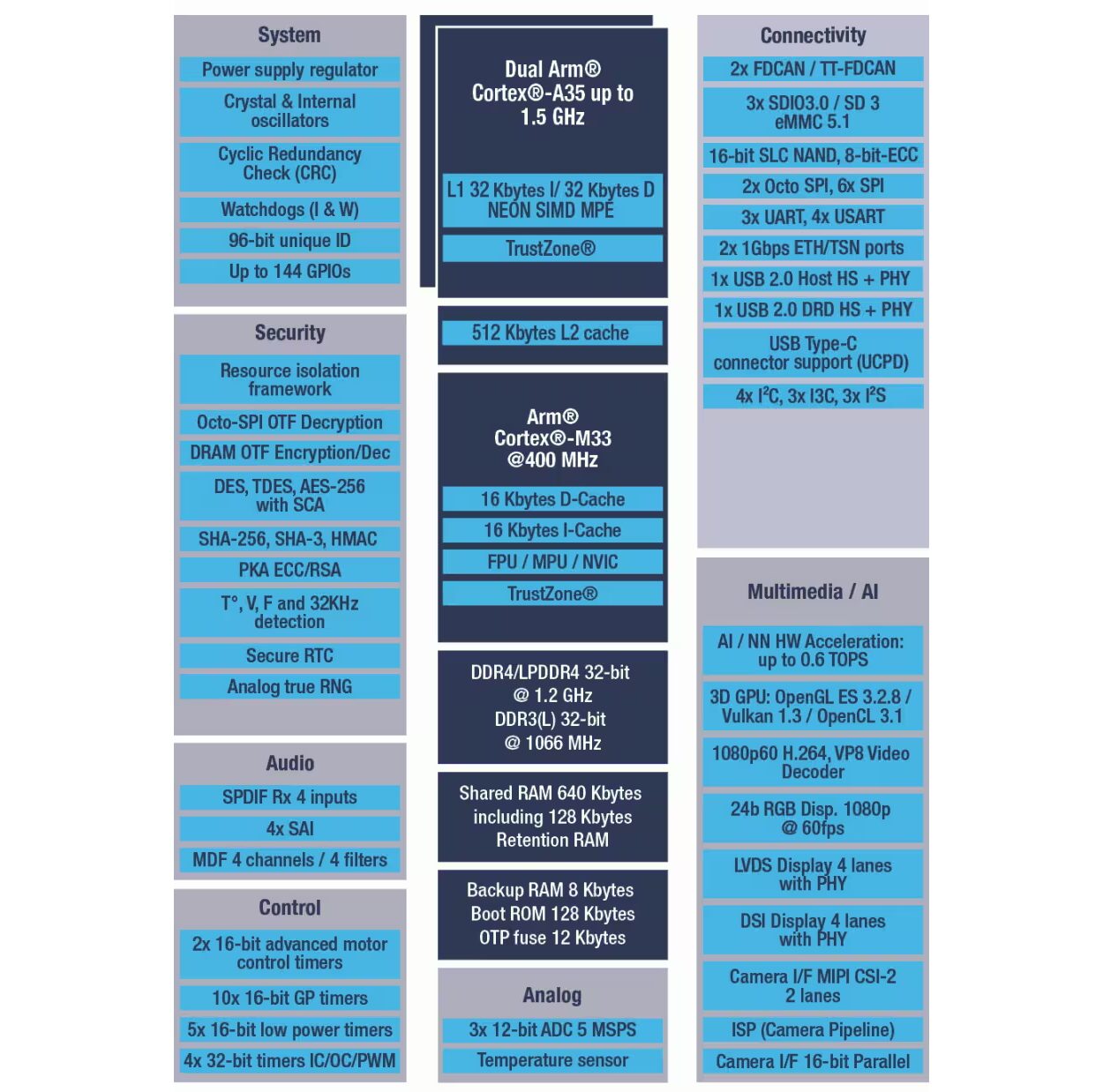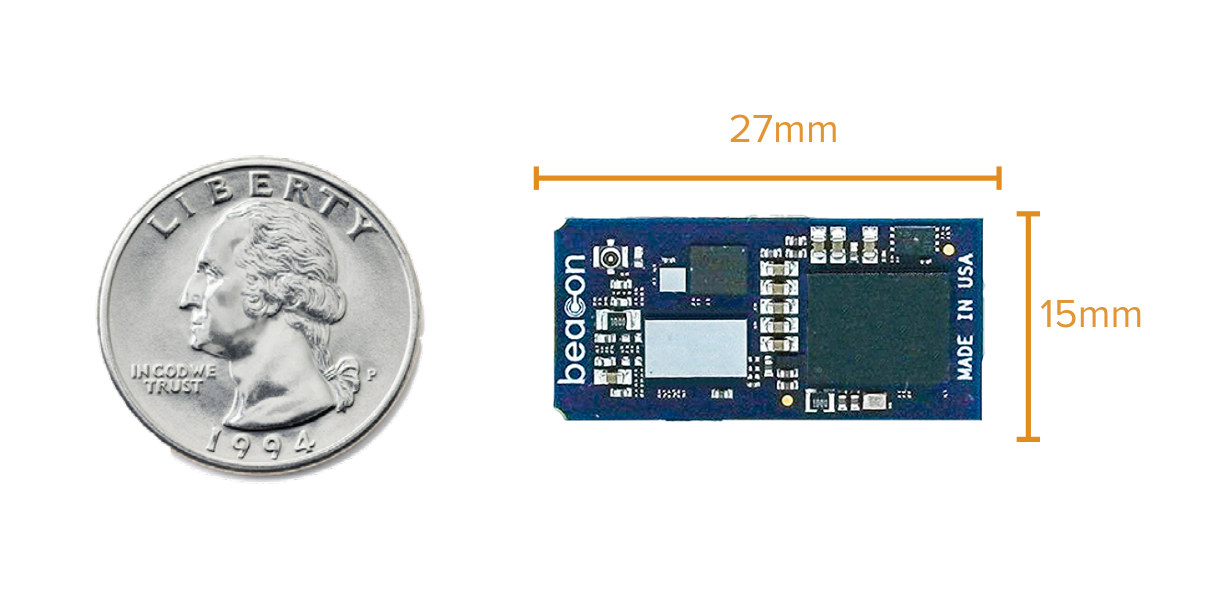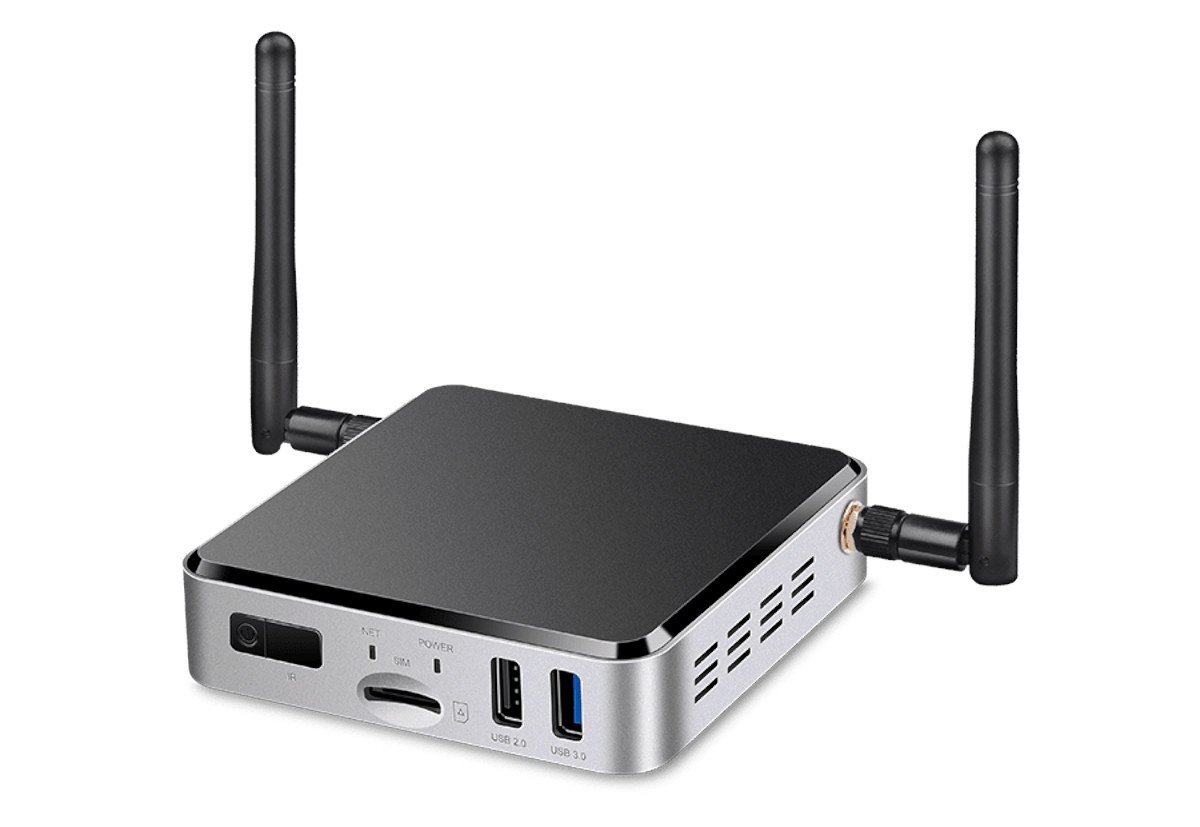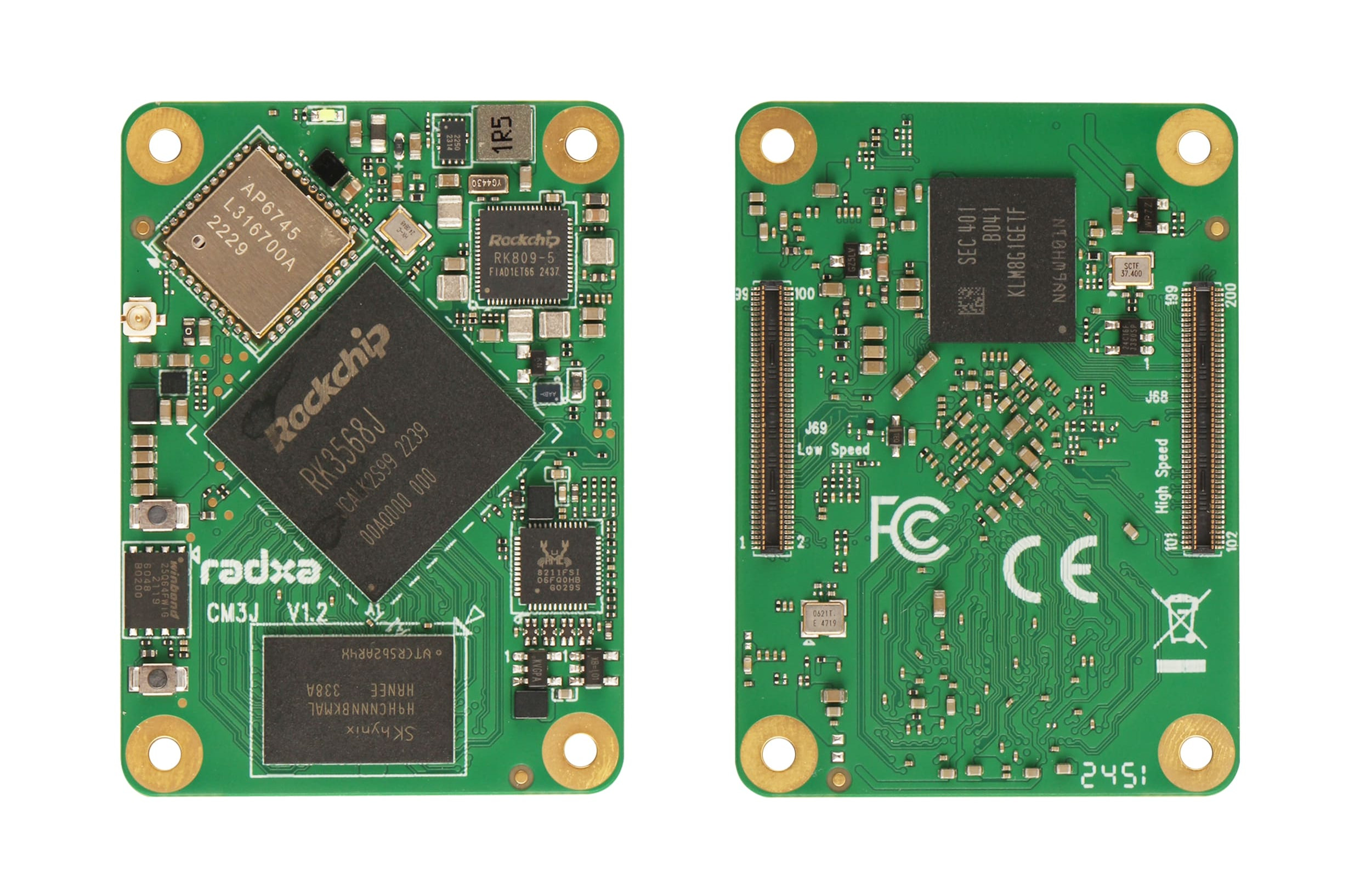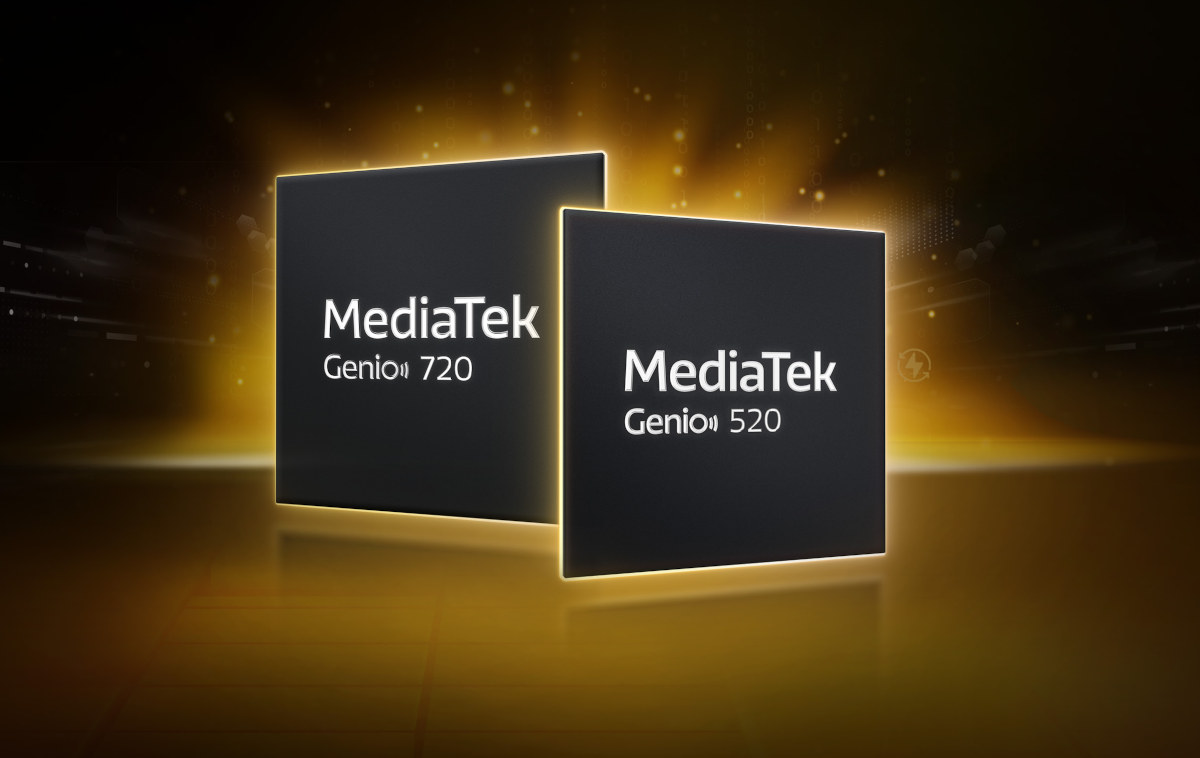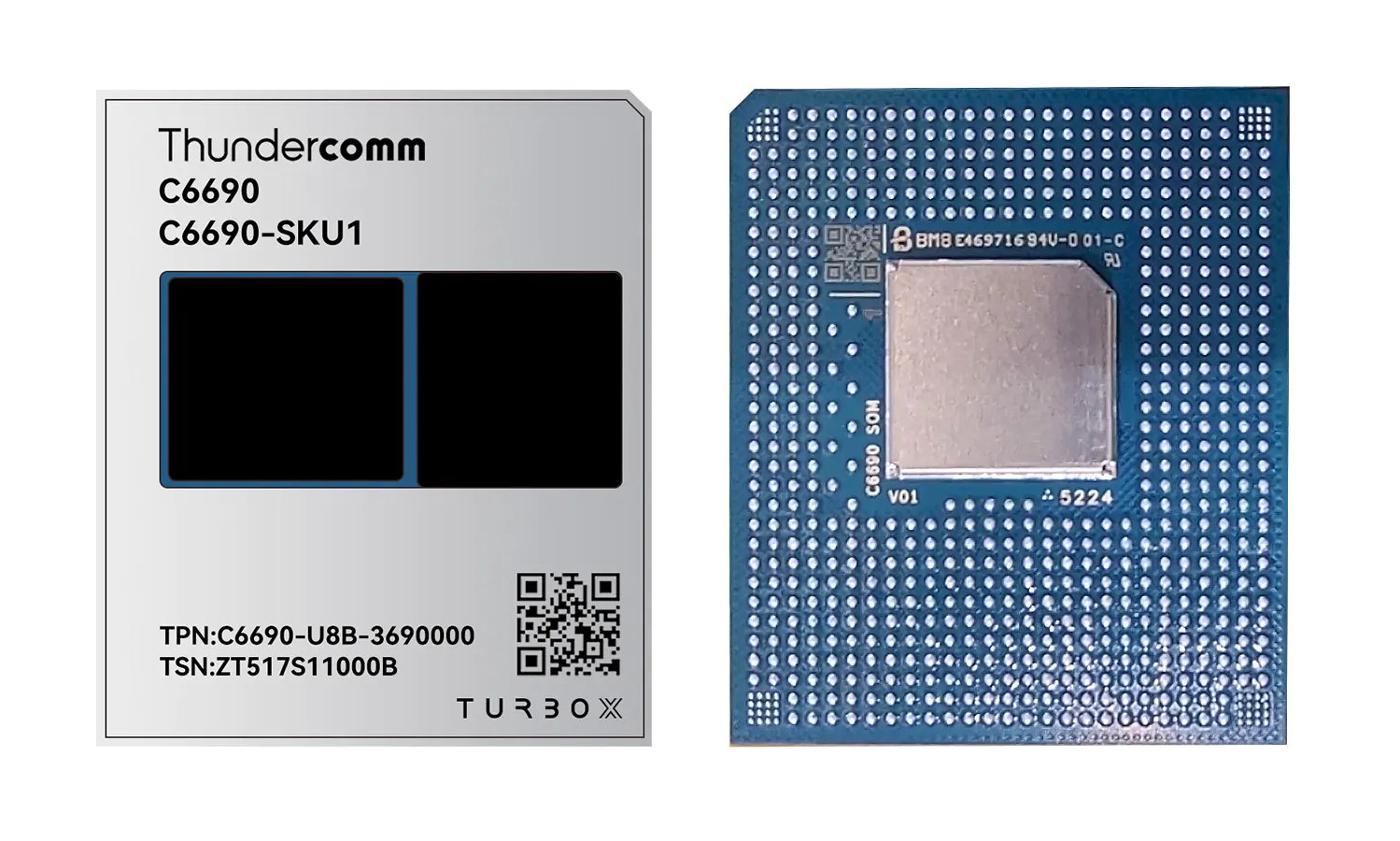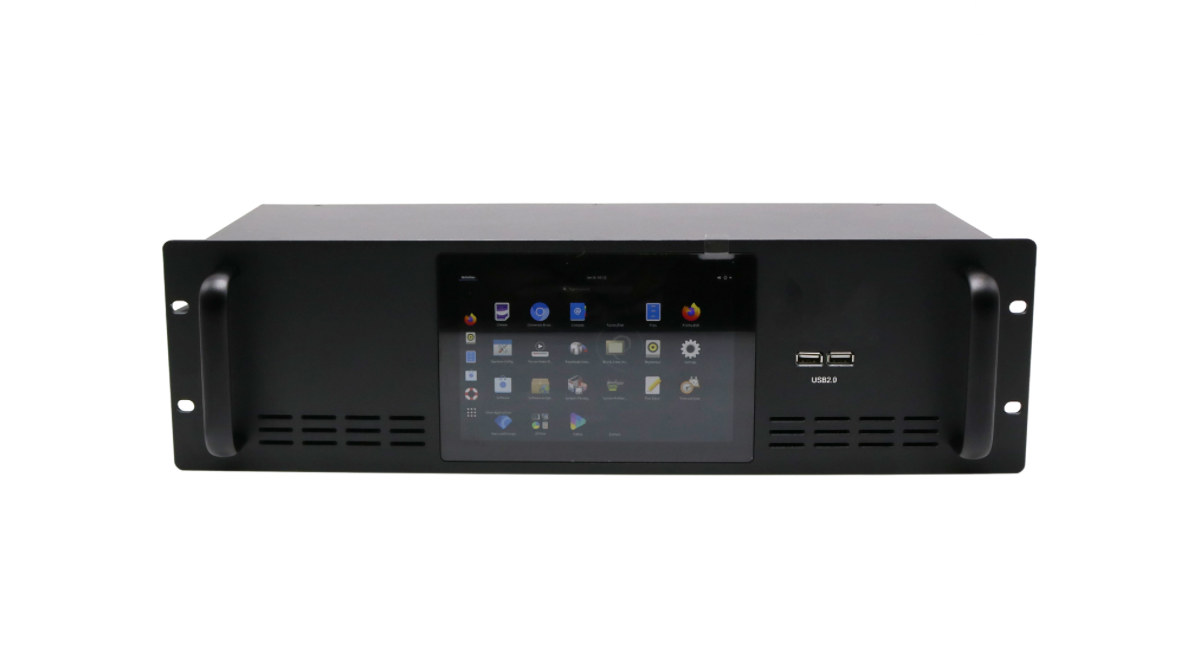STMicroelectronics STM32MP23 is a dual-core Cortex-A35 general-purpose microprocessor (MPU) with a Cortex-M33 real-time core, and 600 GOPS of performance operating at up to 125°C and designed for industrial and Internet-of-Things (IoT) edge computing, advanced HMI, and machine-learning (ML) applications. It follows the STM32MP25 series unveiled in 2023 and launched the following year as the first member of the STM32MP2 family. The STM32MP23 is a cost-down version of the STM32MP25 with similar specifications (and pin-to-pin compatible packages), but the new family has a weaker 0.6 TOPS NPU, and tops at two Ethernet ports for the high-end parts instead of three. Ditto for CAN Bus interfaces (2x vs 3x). Other changes include a 16-bit memory interface and the lack of PCIe and USB 3.0 interfaces. STM32MP23 specifications: CPU – Single or dual Arm Cortex-A35 cores running at up to 1.5 GHz or 1.2 GHz with 512KB L2 cache Real-time MCU – Arm […]
Beacon W5+ SoM – A tiny (27x15mm) Qualcomm Snapdragon W5+ System-on-Module for wearables
Beacon EmbeddedWorks’ W5+ SoM is an ultra-compact (27×15 mm) system-on-module powered by the Qualcomm Snapdragon W5+ platform for wearables with a quad-core Cortex-A53 processor, a co-processor with an Arm Cortex-M55 core and an Ethos U55 ML accelerator, and WiFi 4 and Bluetooth 5.3 connectivity. The Snapdragon W5/W5+ wearables platforms were introduced in the summer of 2022, but so far, all I could find was a $2,000 devkit (TurboX W5+) suitable for ODM/OEM manufacturers. The upcoming Beacon W5+ SoM will be one of the first hardware solutions based on the Snapdragon W5+ platform designed for commercial applications. Beacon W5+ specifications: Platform – Snapragon W5+ SW5100P-0 SoC CPU – Quad-core Cortex-A53 processor @ up to 1.7 GHz GPU – Qualcomm Adreno A702 @ up to 1,010 MHz with OpenGL ES 3.1, Vulkan 1.0, OpenCL 2.0 API support DSP – Dual Qualcomm Hexagon DSP V66K ISP – Dual ISP VPU 1080p30 Video Decode […]
Geniatech APC680 Edge AI and TV Box is powered by Synaptics VS680 AI SoC with 7.9 TOPS NPU
Geniatech APC680 is described as an “AI-powered TV box” powered by Synaptics VS680 quad-core Cortex-A73 SoC with a built-in 7.9 TOPS NPU and designed for smart entertainment and edge computing. The system comes with 4GB RAM and 16GB eMMC flash by default, 4K capable HDMI output and input ports, gigabit Ethernet, WiFi 5 and Bluetooth 5.0, a few USB ports, and a range of wireless options including 4G LTE, Zigbee, Z-Wave, and LoRa. Besides being just an AI-powered TV box, it could also be used as a Smart Home gateway in more ways than one. Geniatech APC680 specifications: SoC – Synaptics VS680 CPU – Quad-Core Arm Cortex-A73 processor GPU – Imagination PowerVR Series9XE GE9920 with support for OpenGL ES 3.2, OpenCL 1.2, Vulkan 1.1, and DirectFB VPU Up to 2160p60 decode with AV1, H.265, H.264, VP9, VP8, and MPEG-2 Up to 1080p60 encode with H.264, VP8 NPU – 7.9 TOPS with […]
Radxa CM3J industrial-grade Rockchip RK3568J SoM is compatible with Raspberry Pi Compute Module 4
Radxa CM3J is a Raspberry Pi Compute Module 4 compatible SoM powered by a Rockchip RK3568J industrial-grade quad-core Cortex-A55 SoC and equipped with up to 8GB LPDDR4x and up to 256GB eMMC flash. It’s an update to the Radxa CM3 based on the Rockchip RK3566 SoC with an industrial temperature range and only two board-to-board connectors, and can also be viewed as a cost-down version of the Radxa CM3i with RK3568 and four B2B connectors. It competes directly against the industrial-grade Raspberry Pi Compute Module 4 introduced at the beginning of this month. Radxa CM3J specifications compared to the Radxa CM3 and Raspberry Pi CM4: The Radxa CM3J has been tested with the official Raspberry Pi CM4 IO Board, WaveShare CM4‑POE‑UPS‑BASE, WaveShare CM4‑IO‑BASE‑B, and WaveShare CM4‑NANO‑B, but other carrier boards for the Compute Module 4 may also be supported. Like with other such modules, there’s no 100% pin compatibility with […]
MediaTek Genio 720 and 520 AIoT SoCs target generative AI applications with 10 TOPS AI accelerator
The announcement of the MediaTek Genio 720 and Genio 520 octa-core Cortex-A78/A55 AIoT SoCs is one of the news I missed at Embedded World 2025. The new models appear to be updates to the Genio 700 and Genio 500 with a beefier NPU, and the Taiwanese company says the new Genio series supports generative AI models, human-machine interface (HMI), multimedia, and connectivity features for smart home, retail, industrial, and commercial IoT devices. Both are equipped with a 10 TOPS NPU/AI accelerator for transformer and convolutional neural network (CNN) models and support up to 16GB of LPDDR5 memory to handle “edge-optimized” (i.e. quantized) large language models (LLMs) such as Llama, Gemini, Phi, and DeepSeek, and other generative AI tasks. MediaTek Genio 720 and Genio 520 specifications: Octa-core CPU Genio 520 2x Arm Cortex-A78 up to 2.2 GHz (Commercial) or 2.0 GHz (Industrial) 6x Arm Cortex-A55 up to 2.0 GHz (Commercial) or […]
Variscite VAR-SOM-AM62P SoM features Texas Instruments Sitara AM62P5 SoC for cost-effective multimedia applications
Variscite VAR-SOM-AM62P is a system-on-module powered by Texas Instruments Sitara AM62P5 quad-core Cortex-A53 + Cortex-R5F SoC coupled with up to 8GB LPDDR4 RAM and 128GB eMMC flash, and designed for cost-effective multimedia applications. The SO-DIMM module offers high speed interfaces such as gigabit Ethernet and USB 2.0, a certified WiFi 6 and Bluetooth 5.4 module, and operating in the -40 to 85°C industrial range. As a VAR-SOM module, it’s pin-to-pin compatible with other modules from the family such as the VAR-SOM-6UL or VAR-SOM-IMX93. Variscite VAR-SOM-AM62P specifications: SoC – Texas Instruments Sitara AM62P5 CPU 4x Arm Cortex-A53 @ 1.4 GHz up to 12,880 DMIPS Arm Cortex-R5F real-time core up to @ 800 MHz GPU – 3D GPU with OpenGL ES 3.2 & Vulkan1.2 VPU – H.264/H.265 Video Encoder/Decoder No PRU System Memory – 1GB to 8GB LPDDR4 Storage – 8GB to 128GB eMMC flash Networking Gigabit Ethernet PHY (Analog Devices ADIN1300) […]
Thundercomm TurboX C6690 SoM runs Android 15 on Qualcomm DragonWing QCS6690 SoC for terminal equipment
Unveiled at Embedded World 2025, Thundercomm’s TurboX C6690 is a SoM (System-on-Module) powered by a 4nm Qualcomm Dragonwing QCS6690 octa-core SoC, and designed for Android 15-based terminal equipment such as industrial handheld devices, industrial tablets, edge computing, and smart retail applications. The LGA system-on-module features a multi-chip package that combines 8GB LPDDR4x memory with 256GB UFS storage, and offers MIPI and DP (USB) display interfaces, four MIPI CSI camera interfaces, a USB 3.1 interface, a PCIe Gen2 interface, and various low-speed I/Os such GPIO, I2C, UART, and SPI. Thundercomm TurboX C6690 SoM specifications: SoC – Qualcomm Dragonwing QCS6690 CPU – Octa-core Qualcomm Kryo CPU 7-series (1x Kryo Prime core @ 2.9GHz, 3x Kryo Gold @ 2.7GHz, 4x Kryo Silver @ 2.0GHz) GPU – Qualcomm Adreno GPU 7-series DSP – Qualcomm Hexagon DSP with HVX and HMX ISP – Qualcomm Spectra ISP 665 image processing VPU Video Encode – Up to […]
Rockchip RK3588 4K video encoder features four SDI inputs, four SDI loop outputs
Mekotronics R58-4×4 3U is yet another device based on Rockchip RK3588 from the company, but this product is a 4K video encoder with four SDI inputs, and four SDI loop outputs mirroring the SDI inputs. SDI (Serial Digital Interface) inputs are used for transmitting uncompressed, unencrypted digital video signals and typically found in professional video production and broadcasting environments. The SDI interface can also be found in security cameras like the MOKOSE SHD50-2.8-12MM and I can also see it used in cameras designed for live streaming on YouTube, or other services. The main advantages of SDI over interfaces like USB, HDMI, or Ethernet, are that it can use longer cables up to 300 meters, offers better signal integrity, and has near zero latency. Compatibility for professional camera equipment is another advantage. Let’s look at the Mekotronics R58-4×4 3U specifications: SoC – Rockchip RK3588 octa-core processor with CPU – 4x CortexA76 […]


